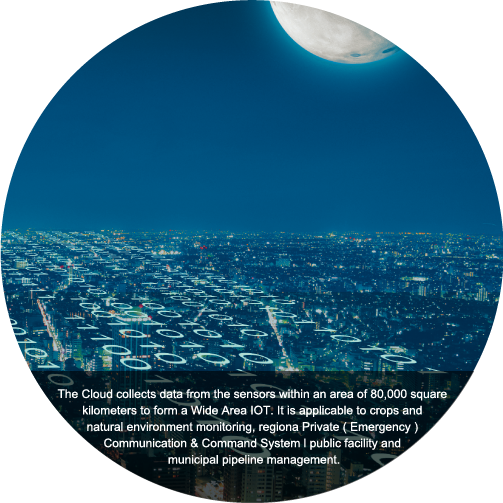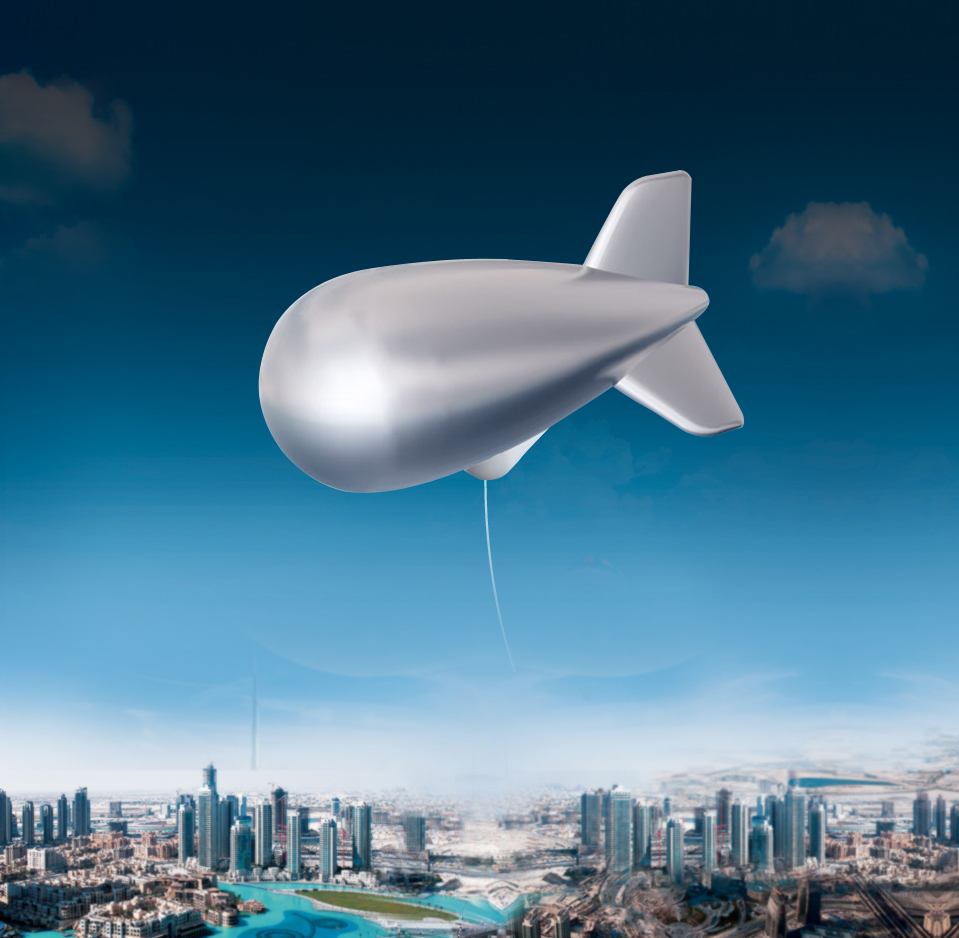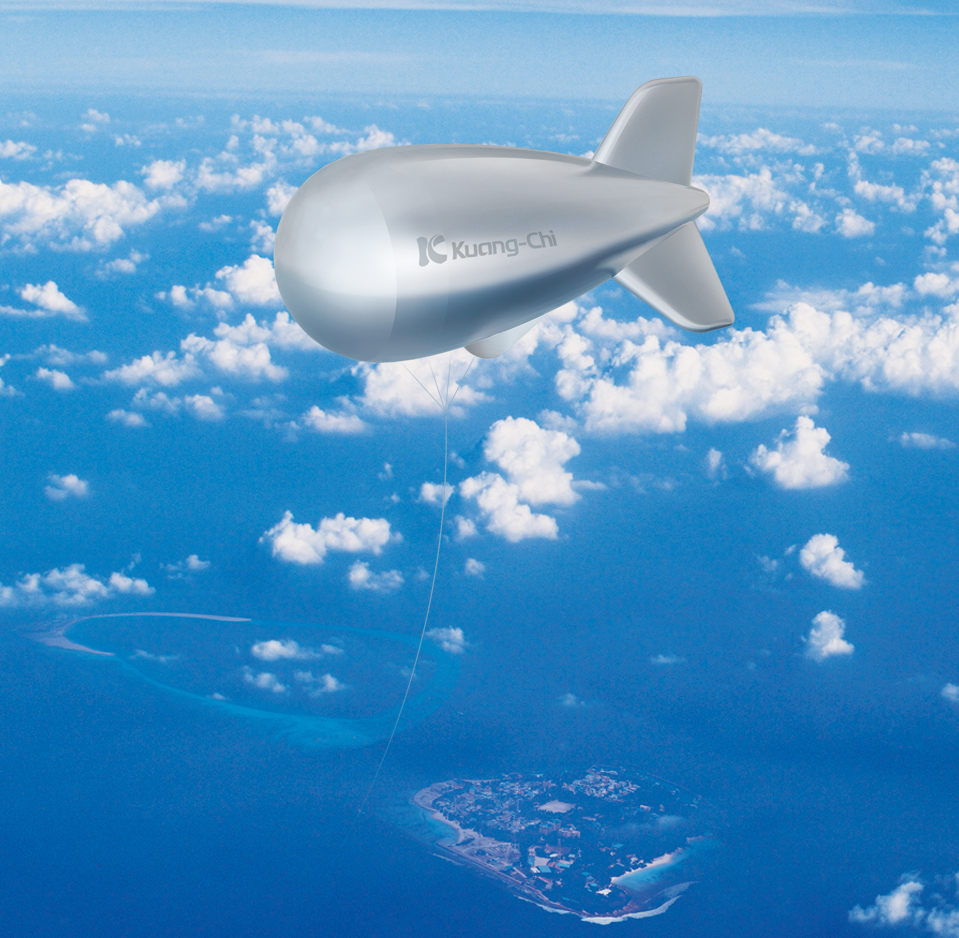Super Eagle Eye Monitoring System
Ship and Aircraft Automatic Identification System
Radio and Television Broadcasting and Internet Access
Private ( Emergency ) Communication & Command System
Cloud Wide Area Internet of Things Area IOT
Application field

On Feb. 2015, KuangChi Science has successfully conducted a test launch and related commercial testing of the Cloud, one of its disruptive novel space technologies, in KuangChi Apollo Base located in Longgang District of Shenzhen. The tasks included testing of WiFi communication coverage, ground monitoring and collection of maritime big-data of the Cloud. These three core functions showed their actual results as expected. The Cloud is a cloud platform providing integrated services including communication, internet access, big-data collection and analysis. It is characterised by its heavy loading and extensive coverage, enabling it to provide brand-new big-data and information services. The Cloud is 48 metres long and 20 metres high and is equipped with helium buoyancy system. Moreover, the Cloud adopts new material technologies that connect optical fibres in the air with the main network on the ground, which creates an uplink and downlink megadata hierarchy. In the course of the commercial testing, the Cloud was repeatedly calibrated for its altitude within the planned range. The three core functions showed their actual results as expected. Specifically, the high speed WiFi communication transmission reached high capacity at 108Mb/s. The WiFi communication capacity for the area of 40 kilometres away from centre kept its measurement at 26Mb/s. The planned information coverage of 8,000 square kilometres (equivalent to more than double the aggregate area of Shenzhen and Hong Kong) was achieved. The ground surveillance equipment carried by the Cloud shot wide-angle high-definition images with resolution of 1080p from sky above. The maritime surveillance equipment collected real-time maritime information within the peripheral area of more than 200 kilometres from Shenzhen regarding the name, nationality, longitude and latitude, navigation and speed of 2,103 vessels on water sailing from 28 countries and regions including China, Korea, Albania, Belarus, Malaysia, Denmark, America, Cyprus, Liberia, Marshall Islands and Kerguelan Islands. Compared to the traditional platform, the water area under the surveillance of the Cloud is enlarged by 9 times.

